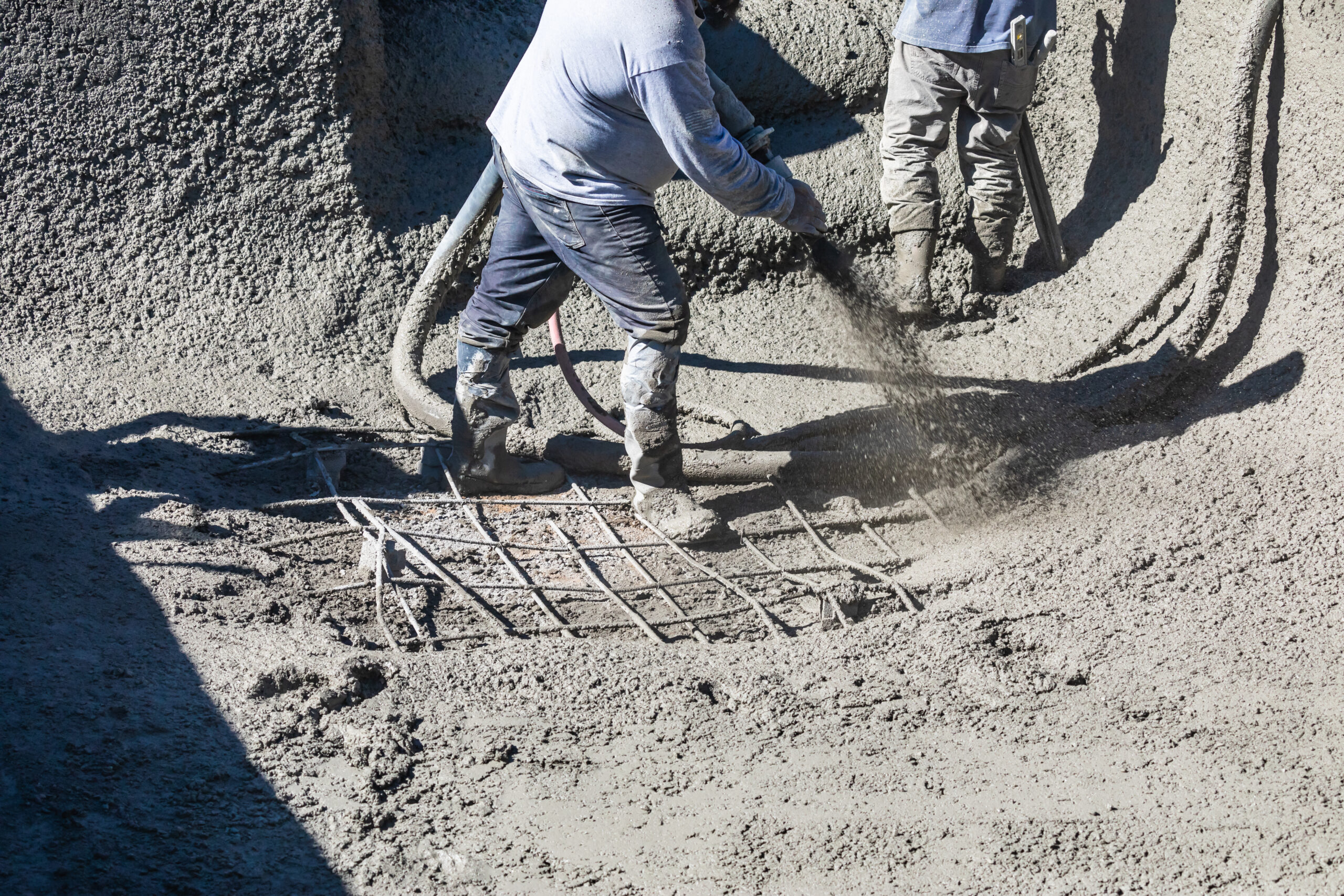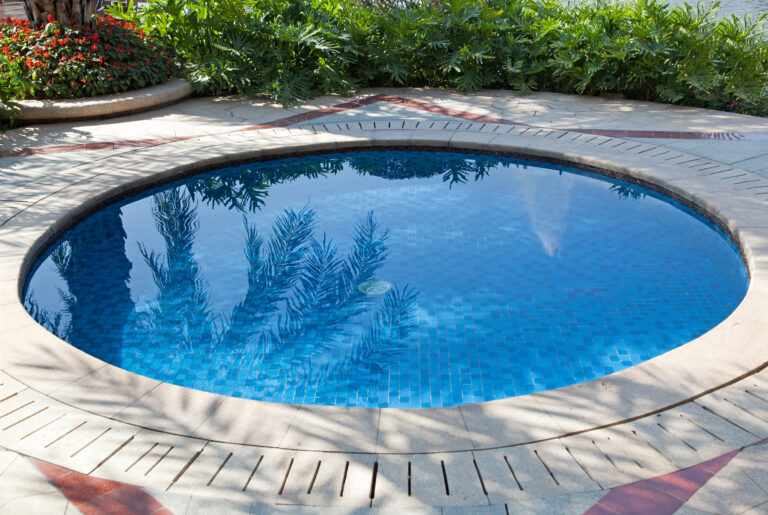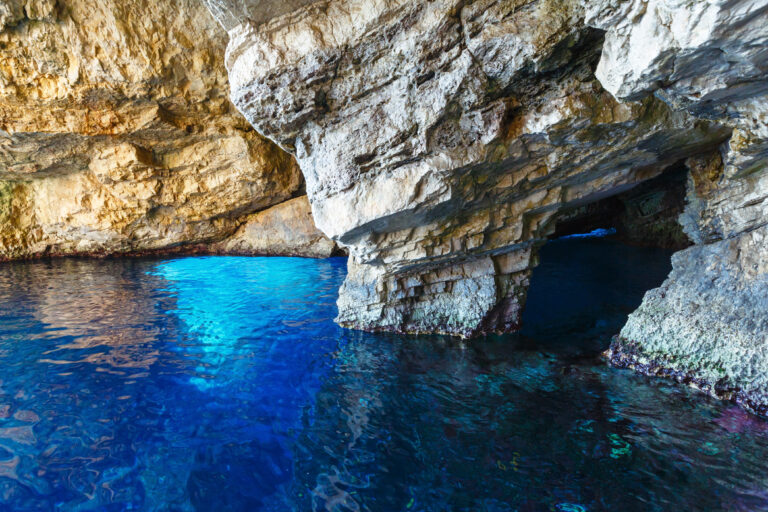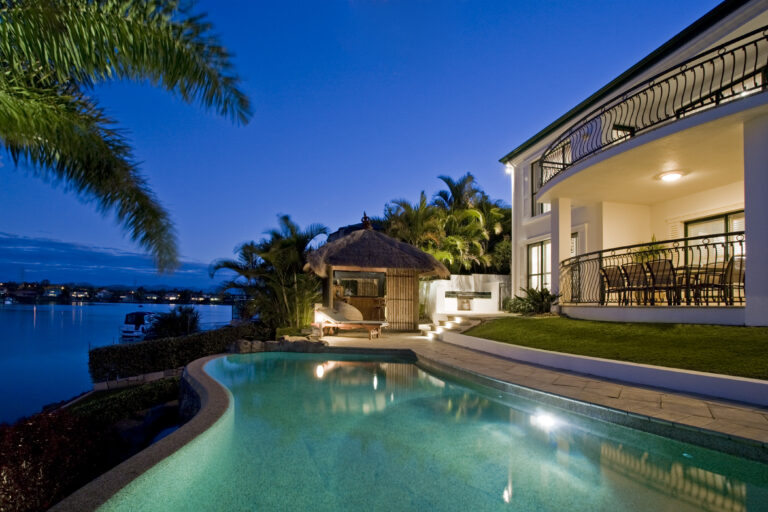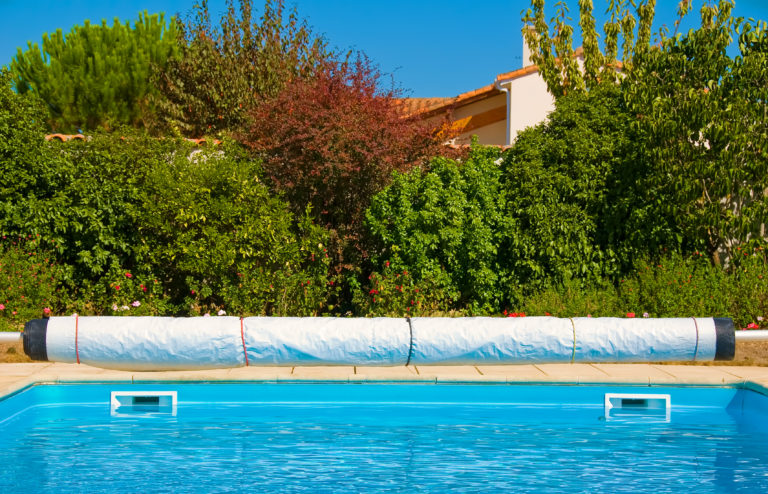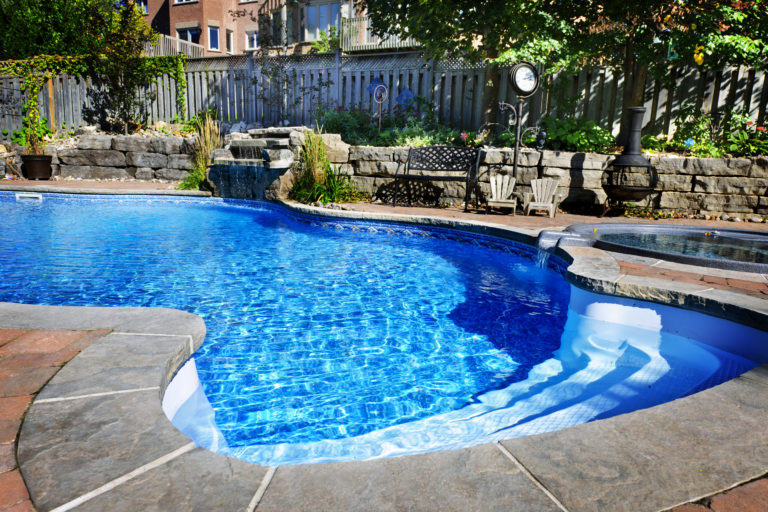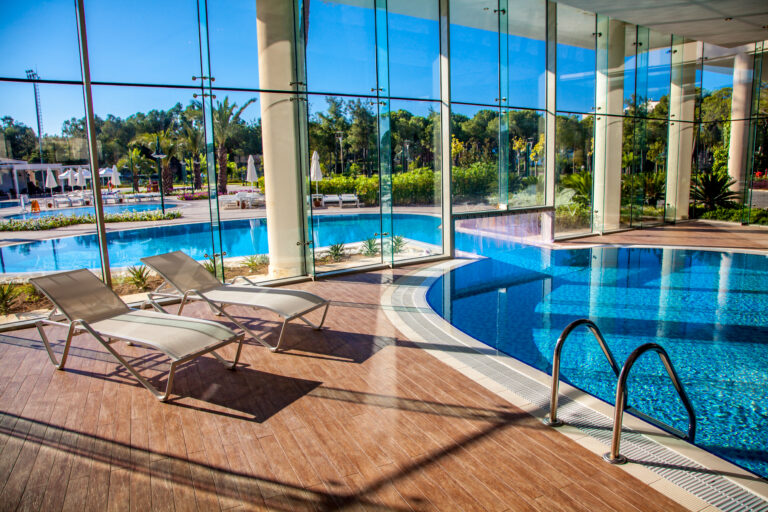From Concept to Completion A Step by Step Guide to Pool Construction
You’re ready to dive into your dream of owning a pool, but don’t know where to start? We’ve got you covered.
In this step-by-step guide, you’ll navigate the process from concept to completion.
From understanding basic construction principles, designing your perfect oasis, securing permits, breaking ground and adding the final touches – we’ll help you make a splash in no time!
Understanding the Basics of Pool Construction
You’re about to dive into the basics of pool construction, so let’s make sure you’ve got your swim trunks on. First, you should understand that it’s not just about digging a hole and filling it with water. There’s more to it that meets the eye.
Let’s start with pool chemistry basics. It’s crucial for maintaining a clean, safe swimming environment. You’ll need to learn how to balance certain chemicals like chlorine, pH levels, and alkalinity. If these are off-kilter, they can cause eye irritation or even damage your pool equipment.
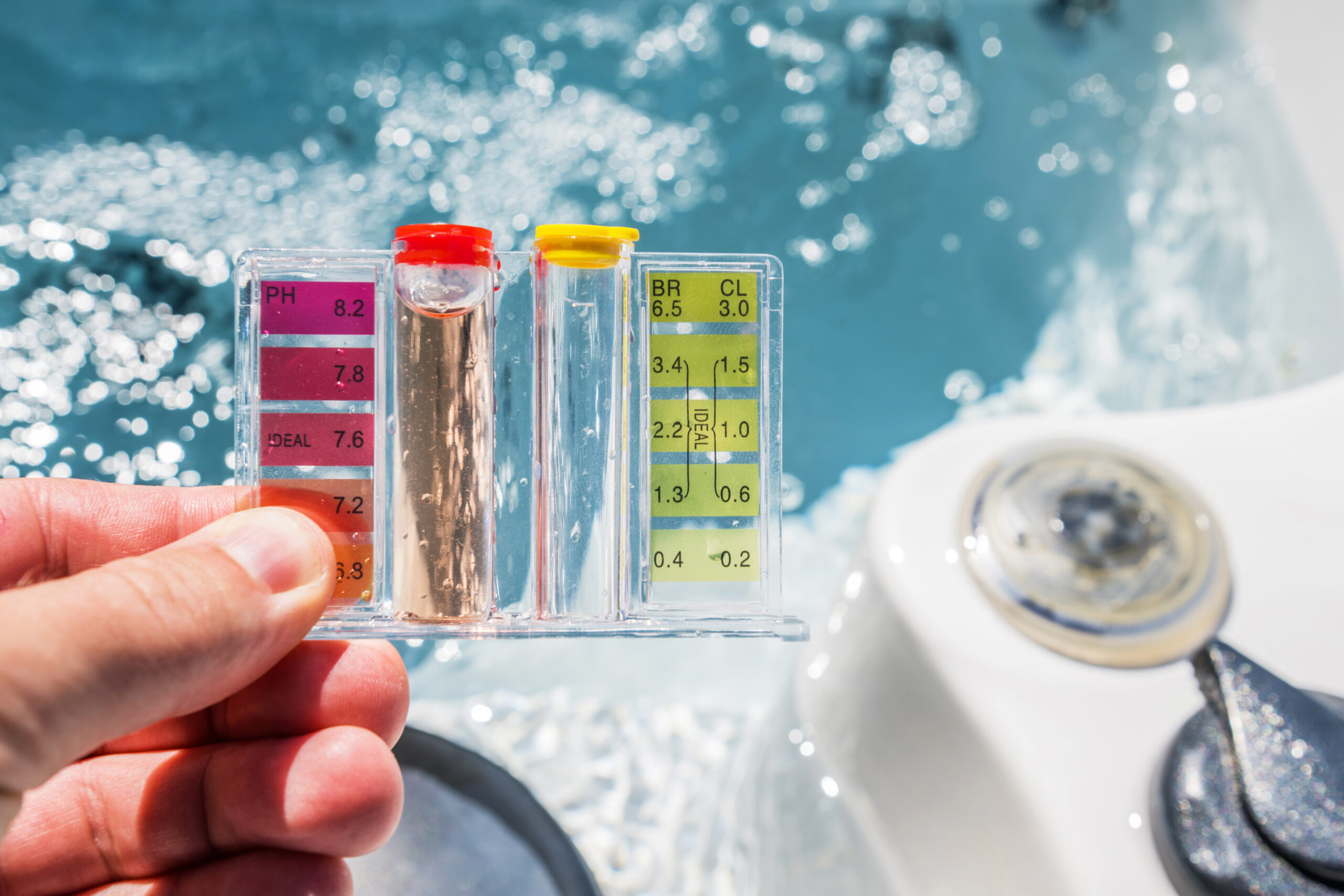
Speaking of equipment, let’s talk filter system options. Filters keep your pool free from dirt and debris while also circulating the water. You’ve got three main choices: sand filters, cartridge filters, or diatomaceous earth (DE) filters. Sand is the most common due to its low cost and ease of maintenance but DE offers superior filtration.
Remember that understanding these fundamentals is just a fraction of what goes into pool construction but mastering them will surely help you navigate through this complex process much easier! So get ready for an exciting dive – it’s going to be quite a splash!
Crafting the Perfect Pool Design
It’s essential to carefully craft the perfect design that’ll complement your backyard and meet your needs. This process involves a lot of creativity, but also practical considerations like design aesthetics and budget planning. You’ve got to find a balance between your dream pool and what’s actually feasible for you financially.
Pool designs can range from simple geometric shapes to elaborate landscapes with waterfalls and grottos. Here are three factors you should consider:
– Design Aesthetics: Your pool should blend seamlessly with the overall look of your property. It could match the architectural style of your home or create a unique contrast.
– Budget Planning: Determine how much you can afford to spend on this project, keeping in mind not just construction costs but future maintenance as well.
– Functionality: Think about how you plan to use your pool – for relaxation, exercise or entertainment? The function will guide the size, depth and additional features.
Remember, it’s not all about looks; functionality is equally important. Additionally, always prepare for unforeseen expenses so you’re not caught off guard during construction.
With careful thought and thorough planning, you’ll be able to craft the perfect pool design that fits both your aesthetic preference and budget.
Necessary Legal Permits for Pool Installation
Before diving into this project, you’ll need to secure the necessary legal permits for installation. It’s not as daunting as it might seem, but permit acquisition is a crucial part of your pool construction journey.
Firstly, you’ve got to understand the nature and purpose of these permits. They’re in place to ensure that your project meets local building codes and conforms with zoning restrictions. Basically, they’re there to make sure you’re doing things right and not infringing on any regulations.
The process may differ slightly from one locality to another, but generally involves submitting detailed plans of your proposed project for review by local authorities. You should include information like pool size, depth, location on property, fencing arrangements, and more. It’s essential that all details align with local zoning restrictions.
You can’t skip this step or take it lightly because non-compliance can lead to penalties or even having to remove the completed pool! Plus, securing proper permits adds value to your home by ensuring future buyers that everything’s up-to-code.
Don’t allow permit acquisition stress you out – consider it an insurance policy for your dream pool project!
Breaking Ground: The Excavation Process
You’re about to embark on an exciting phase of your pool construction journey: the excavation process. Understandably, you might be wondering about the significance of site preparation and how to choose the right excavation equipment.
You may also be interested in learning about ways to tackle any potential challenges that may arise during this stage.
Let’s dive deep into these crucial aspects to ensure a smooth and trouble-free excavation for your dream pool.
Site Preparation Importance”
Don’t underestimate the importance of site preparation in pool construction. It’s a critical step to ensure your pool’s longevity and safety. A thorough soil analysis is vital at this stage. It’ll help you understand the ground conditions, detecting possible issues that could jeopardize your project down the line.
If you’re on a slope, or if your soil retains water, drainage solutions become key to prevent future problems.
It’s also during site preparation where you level the area for your pool. This isn’t just about aesthetics – an uneven base can cause structural weaknesses over time.
So remember, don’t rush this part of the process; give it the attention it deserves for a safe and durable swimming pool.
Excavation Equipment Selection”
Choosing the right excavation equipment isn’t just about digging a hole; it’s about ensuring precision and avoiding unnecessary damage to your yard. It’s crucial to consider soil type when selecting your tools. If you’re dealing with heavy clay or rocky terrain, you’ll need machinery that can handle tough conditions. Conversely, sandy or loamy soils may require lighter equipment.
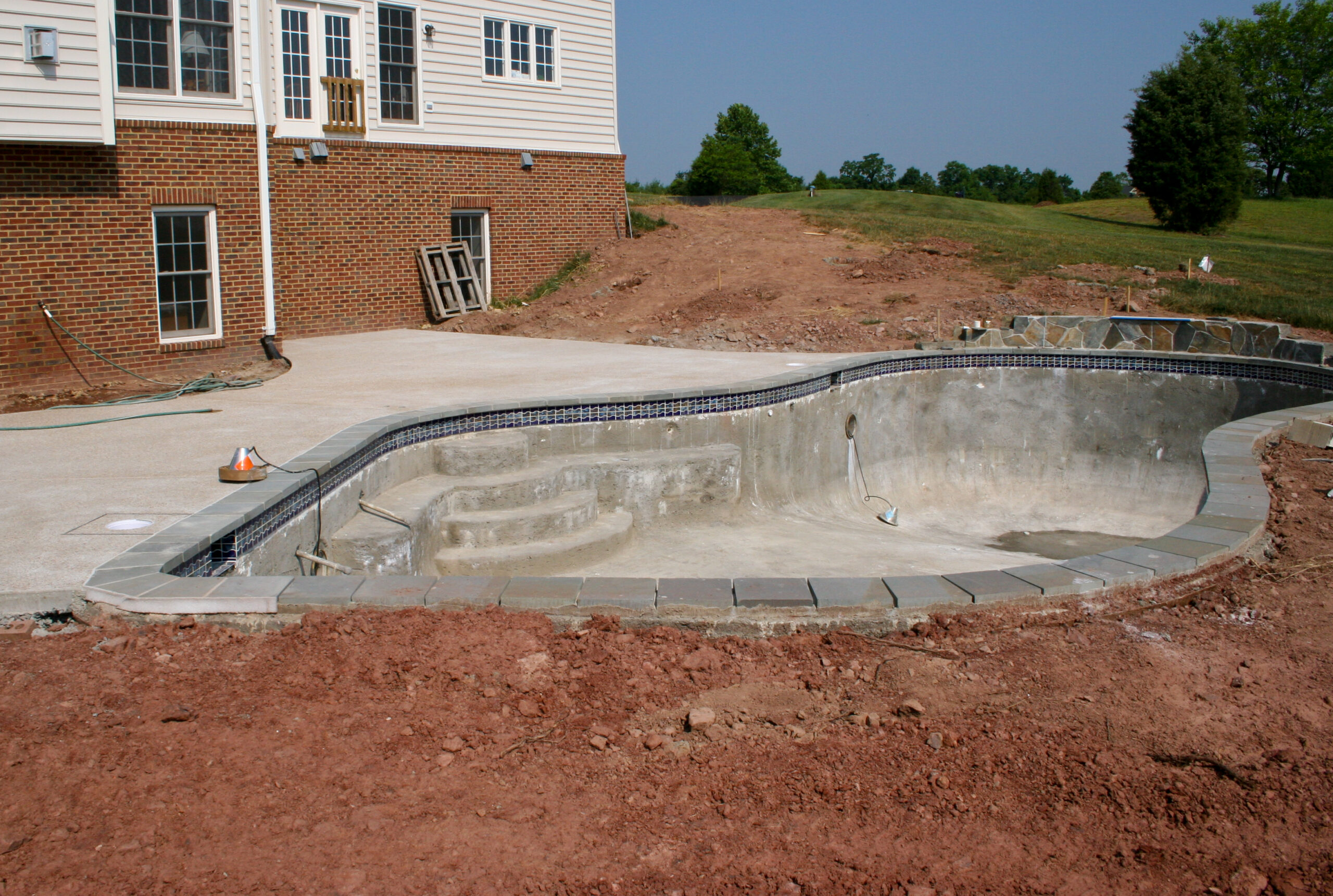
Now, let’s talk equipment rental options. Don’t feel compelled to buy expensive machinery for a one-time project. Many places offer rentals at reasonable rates which will save you money in the long run. Remember to ask for advice from the rental company on what machine best suits your needs and soil type. Proper selection is key in making your pool construction process smooth and hassle-free.
Overcoming Excavation Challenges
Overcoming excavation challenges often involves adjusting strategies based on the specific conditions of your site, including its soil type and layout. Soil type challenges can significantly impact your pool construction process. If you’re dealing with sandy or clay soils, you’ll need to adapt your methods to ensure stability.
Weather impact is another major factor in excavation. Rain might turn your site into a muddy mess, slowing down work and potentially causing safety hazards. And don’t forget about extreme heat or cold that could affect both your team’s productivity and the ground conditions.
In these situations, it’s crucial for you to remain flexible and patient. Remember that each challenge is an opportunity to learn and refine your approach for future projects.
Constructing the Pool Frame
You’re about to embark on an exciting phase of your pool construction journey – constructing the pool frame.
We’ll dive into how to choose the best materials for your frame, provide an overview of the building process, and ensure you understand how to secure maximum stability for your structure.
It’s not just about creating a pool; it’s about crafting a sturdy, reliable haven that you can enjoy for years to come.
Choosing Frame Materials”
It’s crucial to select the right frame materials for your pool construction. Your choices directly impact frame longevity considerations and the eco-friendliness of your project.
You need to consider:
1. Durability: Choose materials that can withstand harsh weather conditions.
2. Longevity: It’s wise to invest in durable, long-lasting materials that don’t require frequent replacements.
3. Eco-Friendly Materials: Opt for sustainable options like recycled steel or eco concrete that have a lower environmental impact.
4. Maintenance Requirements: Consider how much effort, time, and money you’re willing to put into maintaining the pool frame.
Building Process Overview”
Let’s delve into the overall process of putting together your backyard oasis. Your construction timeline and budget planning are essential components in this journey.
So, you’ve chosen your frame materials, now it’s time to plan out each phase.
Firstly, you’ll need to establish a clear construction timeline. This will help manage expectations and keep the project on track. It’s crucial to factor in possible delays due to weather or unforeseen issues.
Secondly, budget planning is key. You don’t want any surprises halfway through the build that could stall progress. Ensure you’ve accounted for all costs including labor, materials, permits, and potential overruns.
Remember it’s not just about building a pool; it’s about creating an environment where memories are made. Stay organized and informed along every step of the way.
Ensuring Frame Stability
Ensuring frame stability is an integral part of the building process. It lays the foundation for your backyard oasis. To achieve this, you’ll need to familiarize yourself with various frame reinforcement methods. These can include additional bracing and support, the use of strong materials like steel or concrete, and proper construction techniques.
Once you’ve reinforced the frame, don’t forget about stability testing techniques. This step is crucial in determining if your pool will hold up under pressure and over time. You might conduct a load test or simulate environmental conditions to check how well your structure stands up.
Installing the Plumbing and Electrical Systems
Next, we’ll be installing the plumbing and electrical systems, which are crucial to your pool’s functionality. This process involves integrating waterproofing techniques that keep your pool structurally sound while ensuring an energy-efficient system.
Your pool’s plumbing system is responsible for filtering and circulating water. It includes pipes, pumps, and filters. The electrical system powers your lights, heating systems, and any other electronic components you may have.
To give a clearer understanding of some essential elements within these systems, let’s consider this table:
| Plumbing System Elements | Electrical System Elements |
| 1. Pipes | 1. Pool Lights |
| 2. Pumps | 2. Heating Systems |
| 3. Filters | 3. Electronic Controllers |
| 4. Skimmers | 4. Safety Alarms |
These elements ensure effective circulation of water in your pool while maintaining its aesthetic appeal with lighting options.
Remember that both the installation processes require a professional touch because they’re complex and can pose safety hazards if not handled correctly.
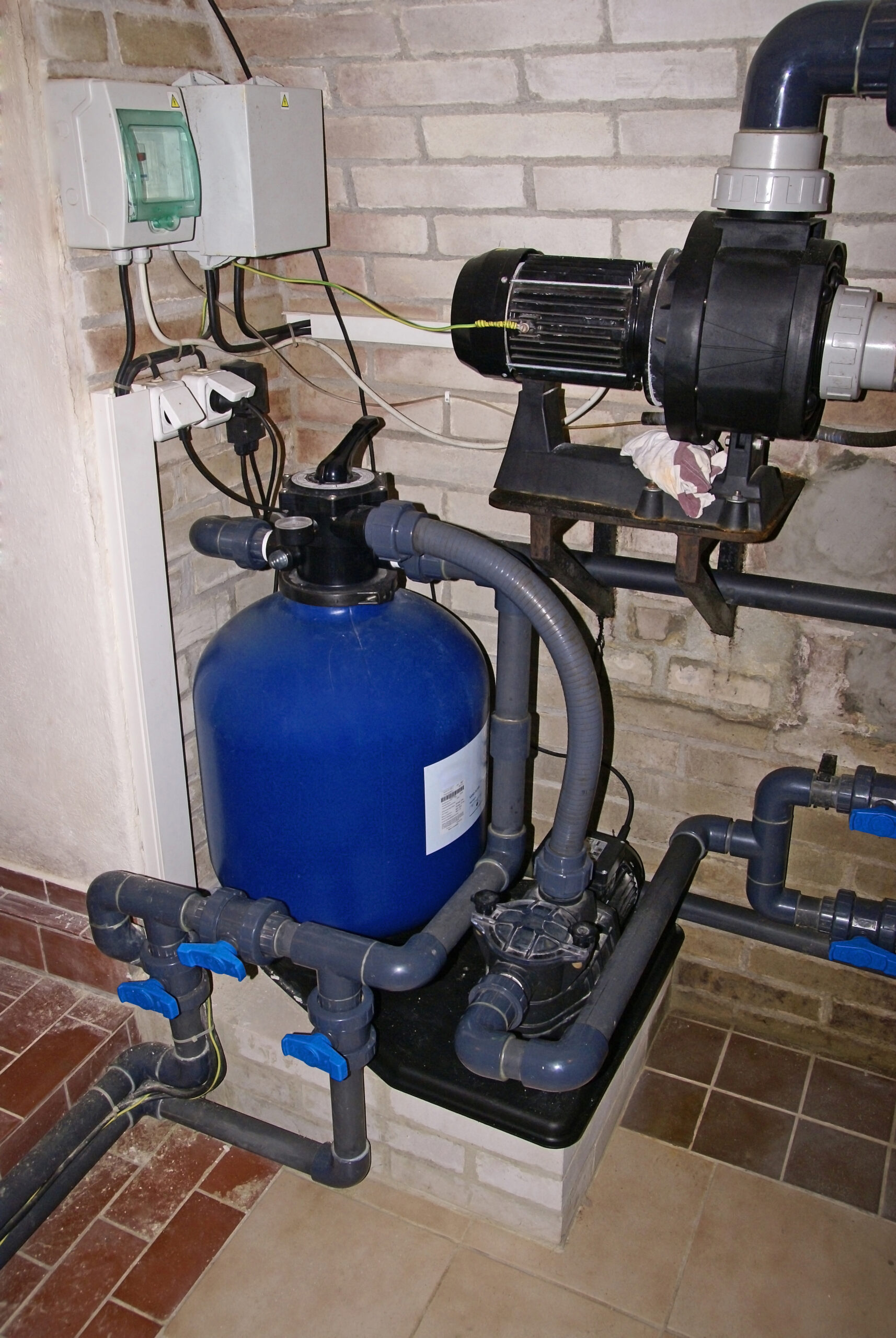
Adding the Finishing Touches: Pool Interior
Now that your pool’s plumbing and electrical systems are expertly installed, it’s time to shift focus on the final touches: the pool interior. This stage involves two crucial elements: interior lighting and tile selection.
1. Interior Lighting: The right lighting can add a dramatic effect to your swimming pool, enhancing both its functionality and aesthetics. You’ve got options like LED lights for energy efficiency or fiber-optic lights for a starry-night effect. It’s all about creating an ambiance that suits your taste.
2. Tile Selection: The tiles you choose will set the visual tone of your pool, so take time to select a design that complements your backyard theme. Whether it’s ceramic, porcelain, glass, or stone – each material has its unique charm.
3. Installation: Once you’ve made up your mind about lighting and tiles, professional installation ensures everything falls into place perfectly. Remember not to rush this process; precision is key here.
4. Final Inspection: After installation, inspect every corner thoroughly. Make sure the light fixtures work as expected and there are no loose tiles or visible defects.
In essence, adding the finishing touches isn’t just about making your pool look beautiful-it’s also ensuring its safety and longevity.
Final Steps: Landscaping and Clean-up
You’re almost there – it’s time to focus on the landscaping and clean-up, transforming your backyard into an inviting oasis. This is where you let your creativity shine, using plant selection considerations to enhance the beauty of your pool area.
It’s more than just picking plants that catch your eye; you’ve got to think about compatibility with the pool environment, maintenance requirements, and potential issues like falling leaves that could clog up your pool system.
Use native species for a low-maintenance, eco-friendly option. They’ll thrive in the local climate and attract beneficial wildlife. Plus, they won’t require chemical fertilizers or pesticides that can harm water quality.
Speaking of eco-friendly practices, let’s talk cleanup. It’s not just about making sure everything looks tidy – it’s also about ensuring no harm comes to our planet in the process. Use biodegradable bags for waste collection and compost suitable organic materials instead of sending them off to a landfill. Recycle any leftover construction materials if possible – metal scraps, wood planks, or even crushed concrete can be repurposed.
It might seem like quite a task, but by investing this effort now, you’ll ensure a beautiful backyard haven that cares for Mother Nature too!
Frequently Asked Questions
What Kind of Maintenance Is Required After the Pool Is Installed?
After your pool’s installed, it’ll need regular maintenance. You’ll have to monitor pool lighting for safety and aesthetics. Don’t forget the winterizing process either, to protect your pool during colder months.
Are There Any Special Safety Measures That Need to Be Taken for Children Around the Pool?
Yes, for your children’s safety around the pool, it’s vital to install pool fencing with childproof locks. It prevents unsupervised access and reduces the risk of accidents or drownings significantly.
How Much Does It Cost to Heat a Pool and What Are Some Efficient Ways to Do So?
Heating your pool can cost up to $600 a year. Efficient methods include solar heating options and energy efficient heat pumps, which cut down on costs while maintaining a comfortable swimming temperature.
What Are the Best Methods to Keep the Pool Clean and Sanitized?
You’ll want to maintain chemical balance for sanitation. Consider eco-friendly cleaning options like robotic cleaners and ionizers. Regular skimming, vacuuming, and filter maintenance are also crucial for keeping your pool clean and sanitized.
Can a Pool Add Value to My Property and How Does It Affect Insurance Premiums?
Yes, a pool can boost your property’s value. Pool landscaping enhances curb appeal while financing options help manage costs. However, it’ll likely increase your insurance premiums due to potential liability risks.

